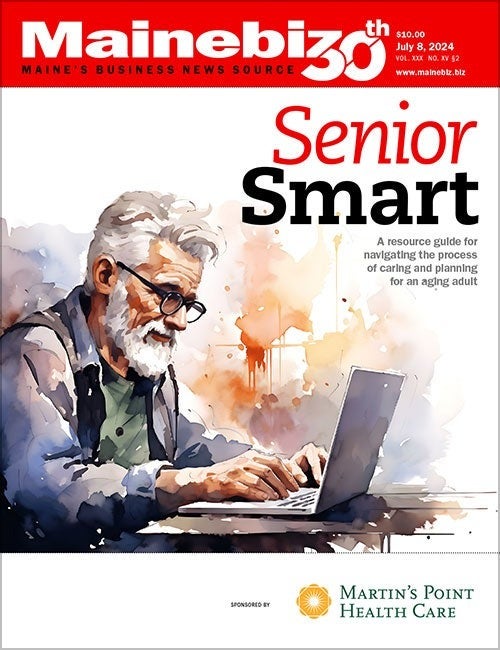Applying a philosophical framework to interactions between VCs and entrepreneurs
Ken Wilber is considered one of the most influential thinkers and philosophers of his generation. His "integral" framework has been appreciated by Bill Clinton and Al Gore, as well as Deepak Chopra and author Michael Crichton. His Integral Theory describes a holistic view that checks in on multiple perspectives of a given situation, whether in religion, politics, personal relationships or business. Three of his four key perspectives are: the "I," the "We" and the "It." To illustrate the utility of this approach, I'll walk you through my understanding of its application in venture capital, in terms of the actors, relationships and understanding of the investor-entrepreneur dynamic.
The "I" describes the individuals in the relationship: the VC and the entrepreneur. Each "I" has a psychological, biological, cognitive and spiritual aspect. Leaving spiritual and biological aside, let's explore the other two. Each party brings a unique "I" with a level of intelligence and experience in a given domain — for the VC, a cognitive and psychological understanding of what it takes to succeed in a high-touch investment business. Knowledge and know-how are key assets, but equally important are the capacity for and effective application of social and emotional intelligence. To be effective as an investor, I need to know whether and how I can connect with you and must convince myself that I can manage our partnership for shared success.
The entrepreneur's "I" encompasses their cognitive, emotional and social skills. In addition to having a cognitive understanding of the market and opportunity, each brings a common drive and passion coupled with a highly individualized emotional and social capacity. Just as an individual VC must take inventory of his assets, so, too, must an entrepreneur be self-aware in both the intellectual and psychological demands of a high-growth venture.
From 'I' to 'we'
And so the two "I's" combine to make one of many "We's." A venture investor's set of "we's" include: his fund's investors, his fund management partners, his co-investors, his friends, his family and his community. Likewise, the entrepreneur brings a set of relationships to the table: her founding partners and management, her company, her industry-sector peers, her existing investors, and her friends and family. When these two individuals come together via investment, new "we's" are formed: their new professional compact; the new board of directors often formed out of the investment; an expanded investor base with different perspectives (early versus later investors), etc.
The collective assemblage of "we's" often increases the potential for tension and conflict, which need to be carefully managed by both parties. Early investors may find themselves at odds against later investors in terms of exit timing; investors who serve on boards of directors and carry a fiduciary responsibility on behalf of all stakeholders have inherent conflicts in their unique interests as financial investors; founders and management shareholders may one day find tension in their relationship with investors; and friends and families' interest in connecting with their loved one may run at odds with the investors' and board's interest in seeing the entrepreneur work hard and long.
Getting 'it'
And then there's the "It." Unlike the "I," which is a personal perspective, or the "we," a relationship perspective, the "it" reflects the objective understanding of the investment business and the startup business. For the VC and the entrepreneur to succeed, both need to be aware of the unique structure, demands and workings of one another's business. Each must know one another's game, where decision-making authority lies, and what set of rights and powers each has — legally, financially and practically — in the relationship spawned from the financing.
As I noted in "Risky Business" (Mainebiz, Sept. 8, 2009), VCs fail for any number of reasons. Each failure often represents a breakdown in a different dimension of perspective. In one case of mine, it was a failure of our individual capacities — a cognitive decision I failed to make and an emotional decision the entrepreneur did make that undermined our ability to be effective as a "we." In others, both of us were wrong about the "it" — too early, too late or just dead wrong in relation to the product-market opportunity.
While many think of the VC business as strictly about picking market and product opportunities, I put as much weight on the "you" I perceive and the relationship I believe we can create as I do on the technology, product and market opportunity that we both may agree exists. I've said no to an entrepreneur's emotional and social intelligence and my sense that I can't effectively work with them as often as I've said no to our different perspectives on how big a market opportunity may exist with your visionary idea and how much we can make if things go well. Attend to perspectives and you'll increase your success rate in VC and, for that matter, in life.
Michael Gurau, president of Clear Venture Partners, can be reached at mg@clearvcs.com.










Comments